The DevPortal Awards category for Best API Business Model was revised in 2020 due to significant overlap with the three award categories of Best API Business Model, Best Decision Maker Documentation, and Best Policies & Terms of Use awarded in prior years.
For this award category, does your developer portal answer the following questions:
- How can you convince future customers that your products and APIs provide the best solution for their needs?
- How can you address users that are interested in how to excel their business?
Best API Business Model
This DevPortal Awards category is for developer portals that not only have innovative business models but also found a creative way to present them.
API business models that are well explained can help to convince future customers (not only developers). What are the answers they will search for? Let’s take a look at the first two and the last stage of the downstream developer journey. We can extrapolate them a little to match the user expectations of a wider audience:
- Discover & research: What is the business model? How can it help us, as customers, to accelerate? What are the advantages for us? Are these the APIs that we need to solve our problems and tasks at hand?
- Evaluate: How much will this cost us? Can we change models later on and what does that imply? Can we trust this organization and its APIs? How does this organization deal with legal issues? How can I, as a user, check that the API provider plans for the future?
- Maintain: Will we be able to use this API over a long period of time? How can I, as a user, stay up-to-date regarding legal details? Where can I check updates and how often do changes occur?
Organizations will only use an API if the perceived value is clear. How can you address decision makers, whose job it is to find out what value the APIs offer?
How can you make sure that decision makers can find their way on your devportal easily and find the information they are looking for?
How can devportals build trust through a genuine approach in the topic of legal documentation?
Developer Portal features that contribute to the API Business Model
API pricing models
Ideally, a company’s monetization strategy aligns with user expectations. How can you explain pricing models in a concise and clear way? Here are some examples:
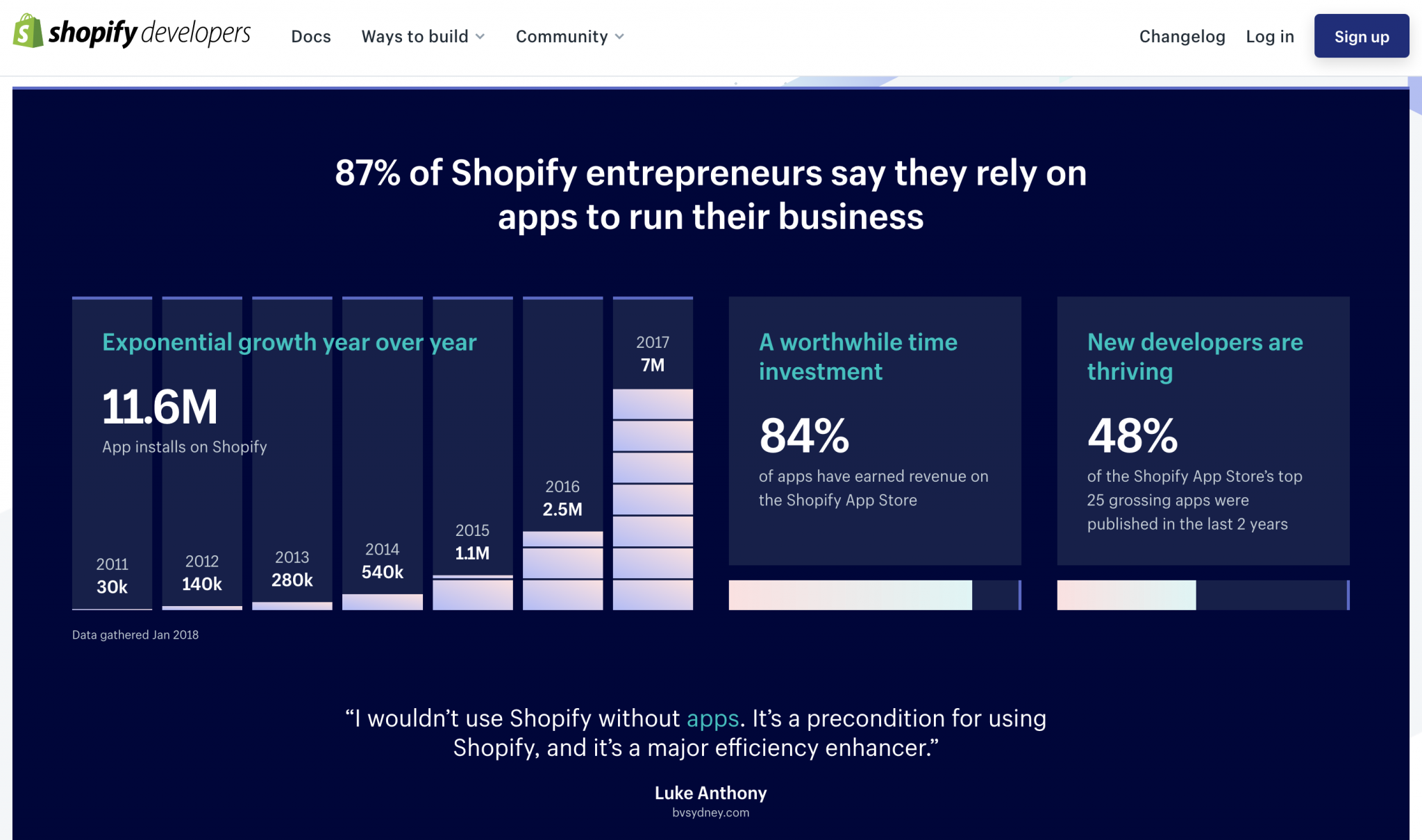

Case studies and testimonials
When you feature business model related case studies and client testimonials, you can directly address the typical questions and issues your audience might experience.
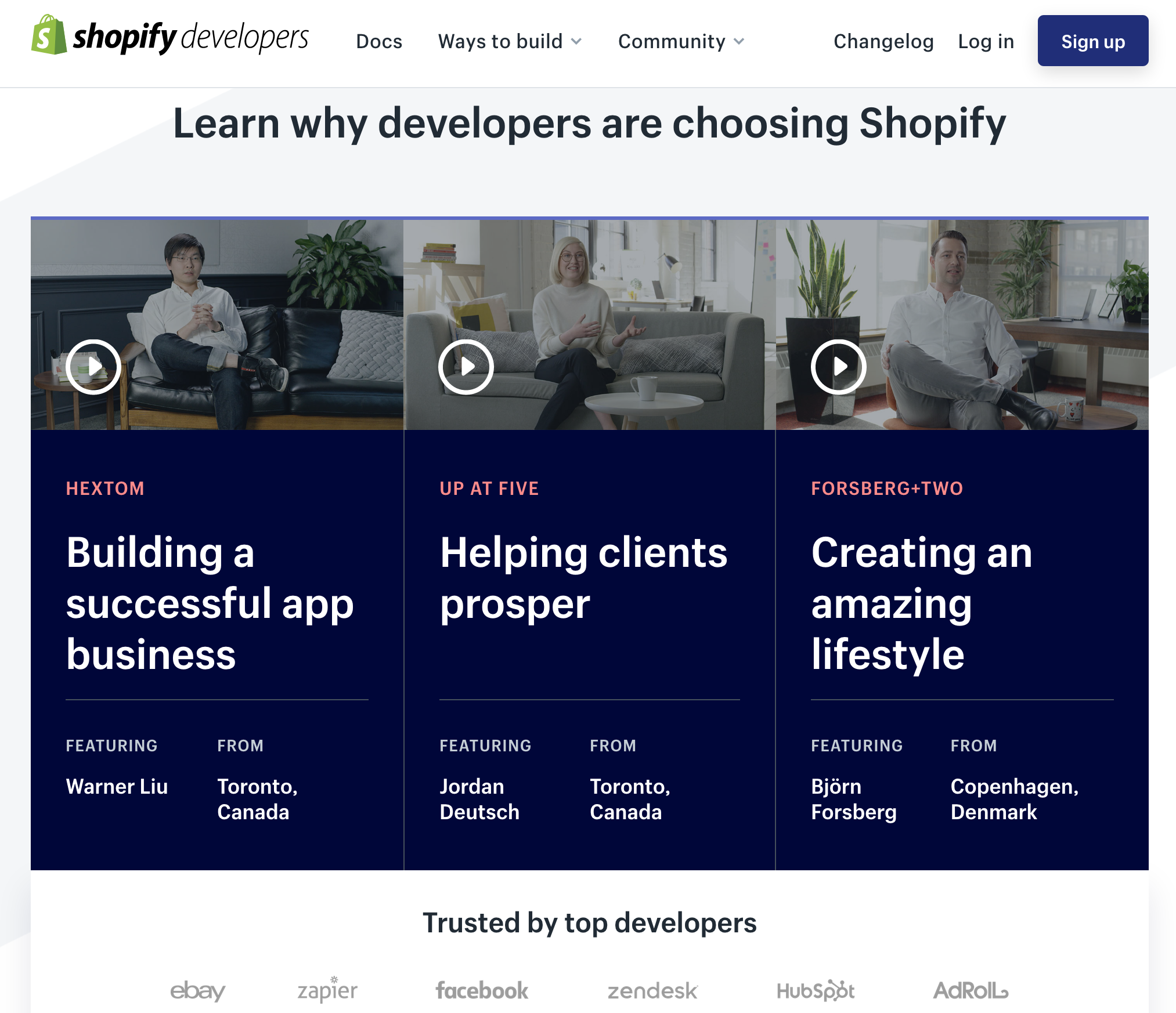
Blog posts that showcase business related news
Articles can help an organization to communicate business opportunities, releases, future plans and changes, especially if the blog provides categories for specific topics. A blog can also function as a sort of incubator for ideas, i.e. a place where you can test — via dedicated posts — what your audience would be interested in.
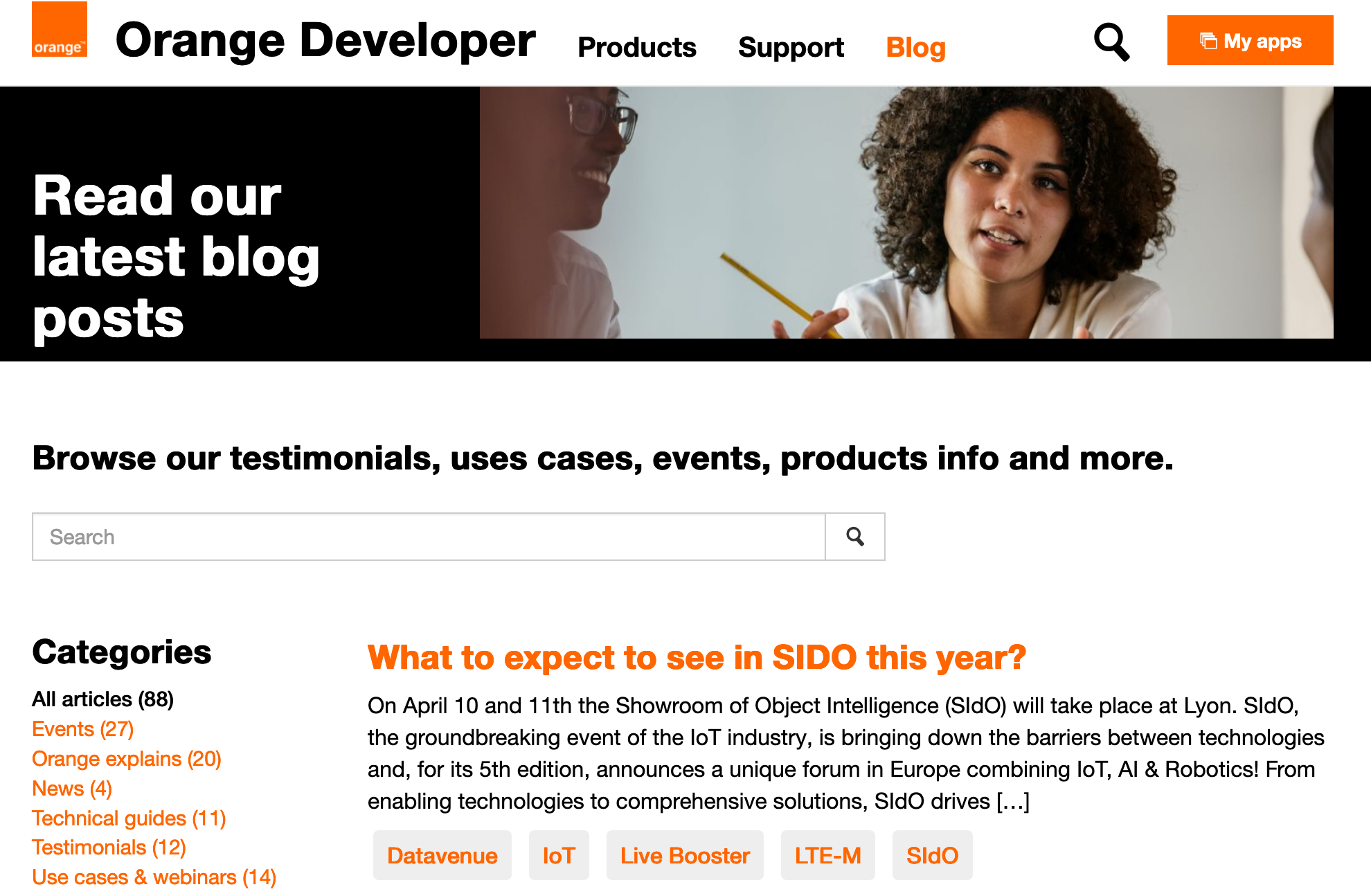
Non-technical user stories can showcase the real-life experiences that decision makers are looking for.
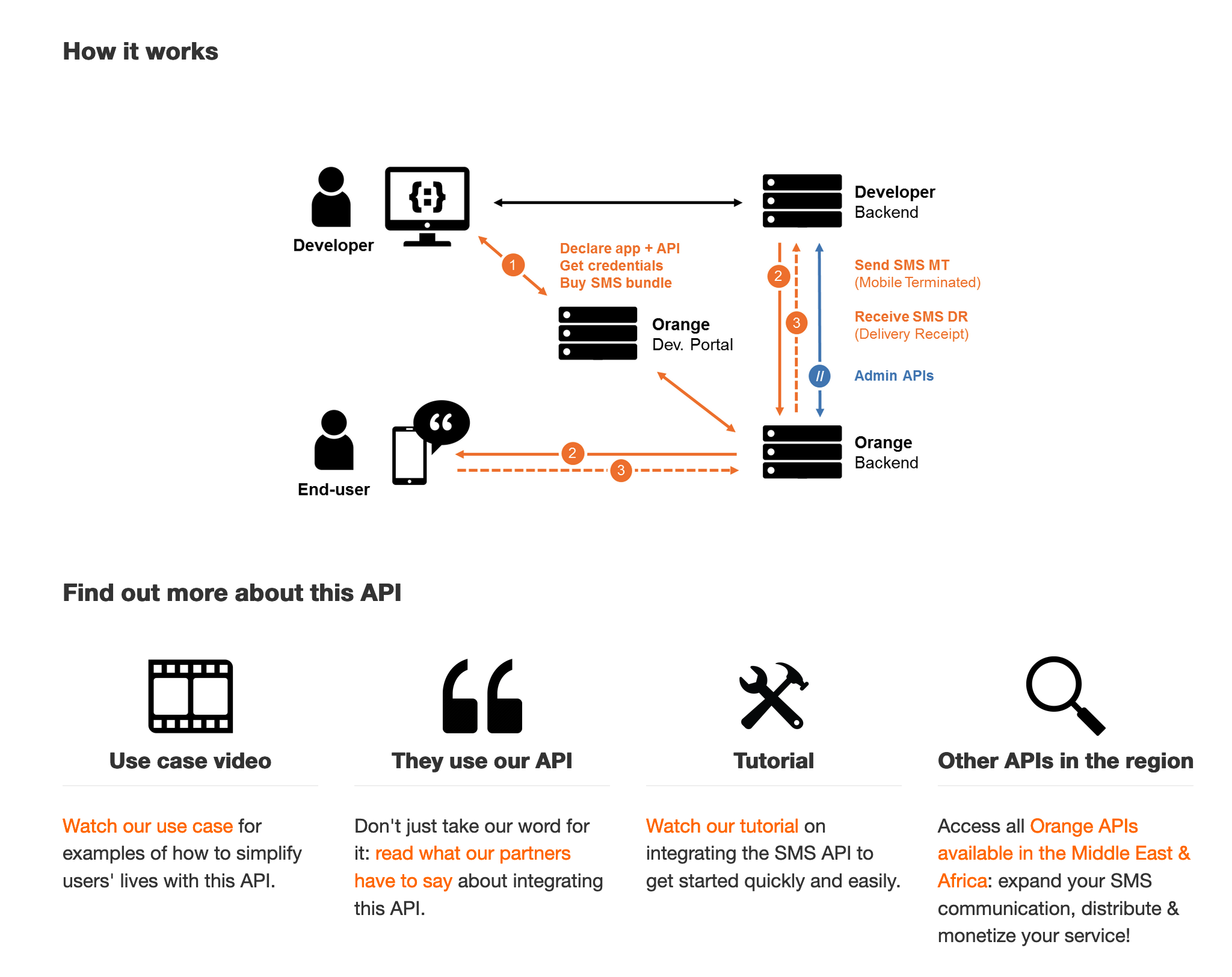
Dedicated entry points & marketing info
Landing pages can guide the developer portal’s primary audiences towards the place they need to be, e.g. via CTAs and specific links that describe the possible tasks at hand.
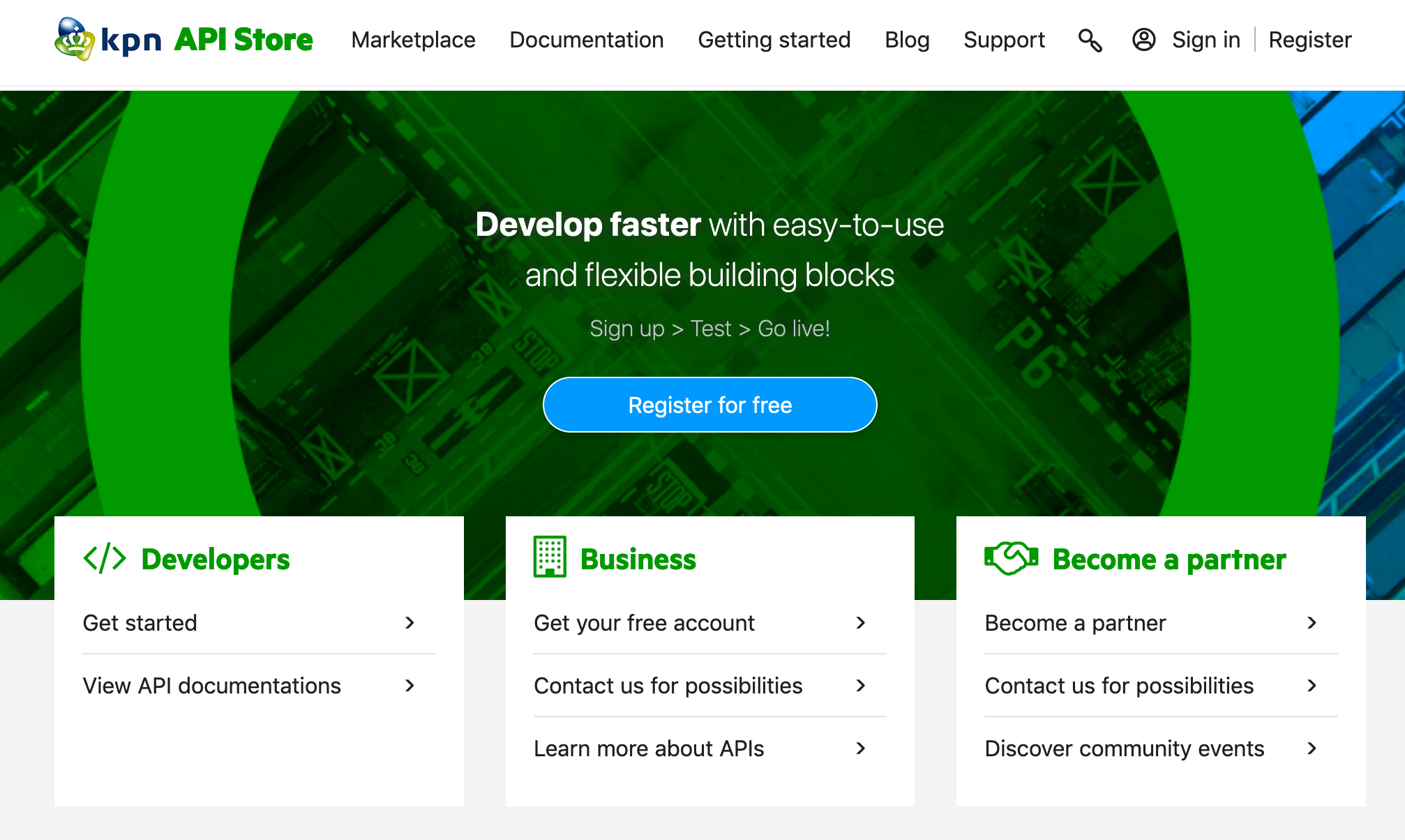
Product and API descriptions can be formulated in a way that they also target a non-technical audience.
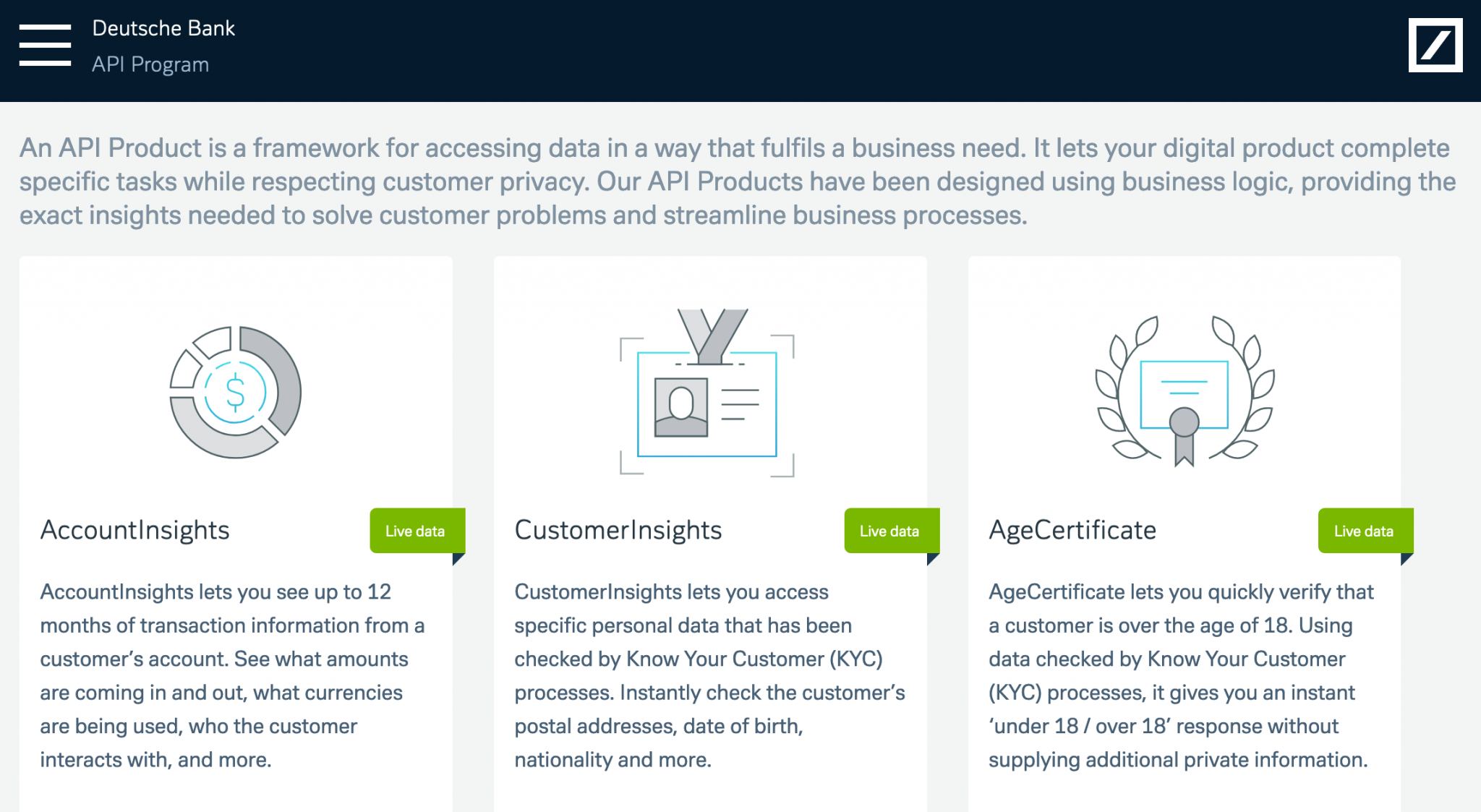
Marketing focused information that lists what your developer portal offers and where it is available can help decision makers find out whether your product provides what they need.
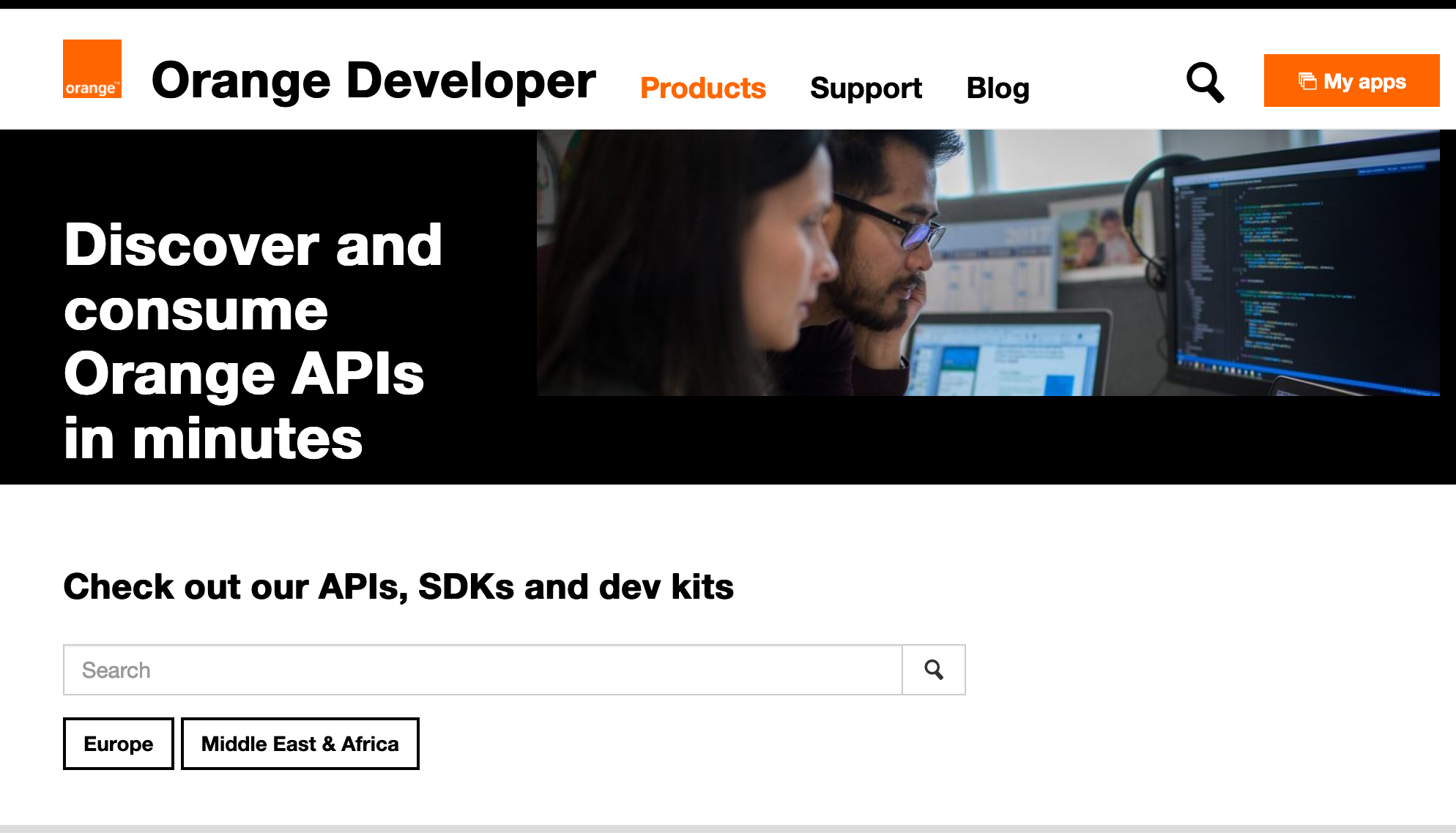
Trust signals
Quotes, customer testimonials, a trusted-by section and proof of data security can help to reassure prospective users.

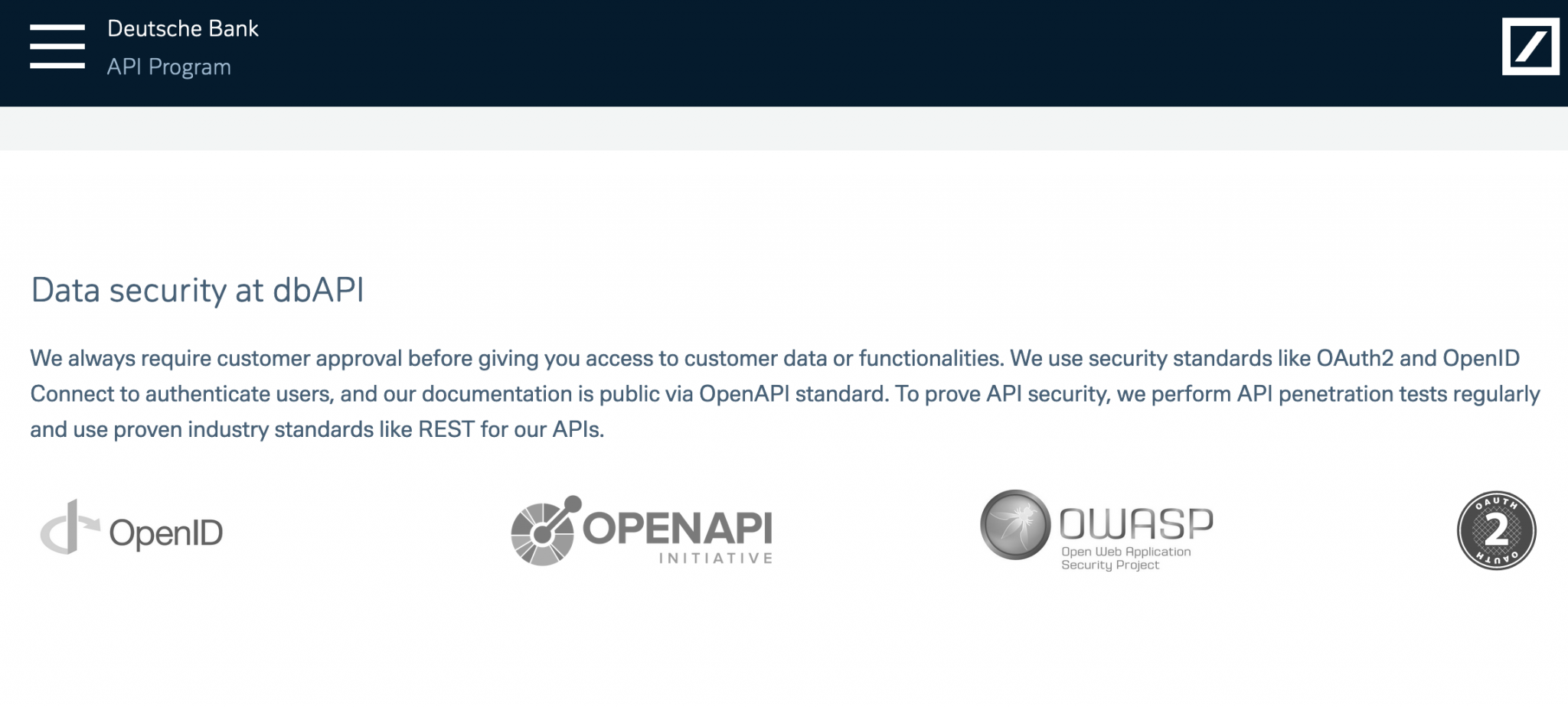
Long-term-engagement
Changelogs, release notes, status pages and uptime reports help to decide whether you can trust an organization’s commitment towards its APIs.

Thorough user research will enable you to reveal your primary personas, and what they need and expect from your devportal. Ideally, this influences the way you present your business models and address decision makers. If your devportal excels in these fields, you might consider nominating it for the DevPortal Awards!
Legal documentation
Legal docs define the boundaries of the devportal, API and API documentation usage. Devportals can have (e.g.) a partner policy, a cookie policy, terms of use, a privacy policy, terms of service, terms and conditions, an agreement, a license, a code of conduct, a copyright policy, a disclosure and an end user policy to describe these boundaries.
Plan for readability, usability & findability
How can an organization depict legal information in a user-friendly way? You can address a heterogenous group of users more easily when you, for example:
- highlight the most recent changes,
- point out when the docs were last updated,
- provide an overview of all legal docs,
- have short (with common words) and long versions (for legal experts) of the same content,
- make the legal docs findable.


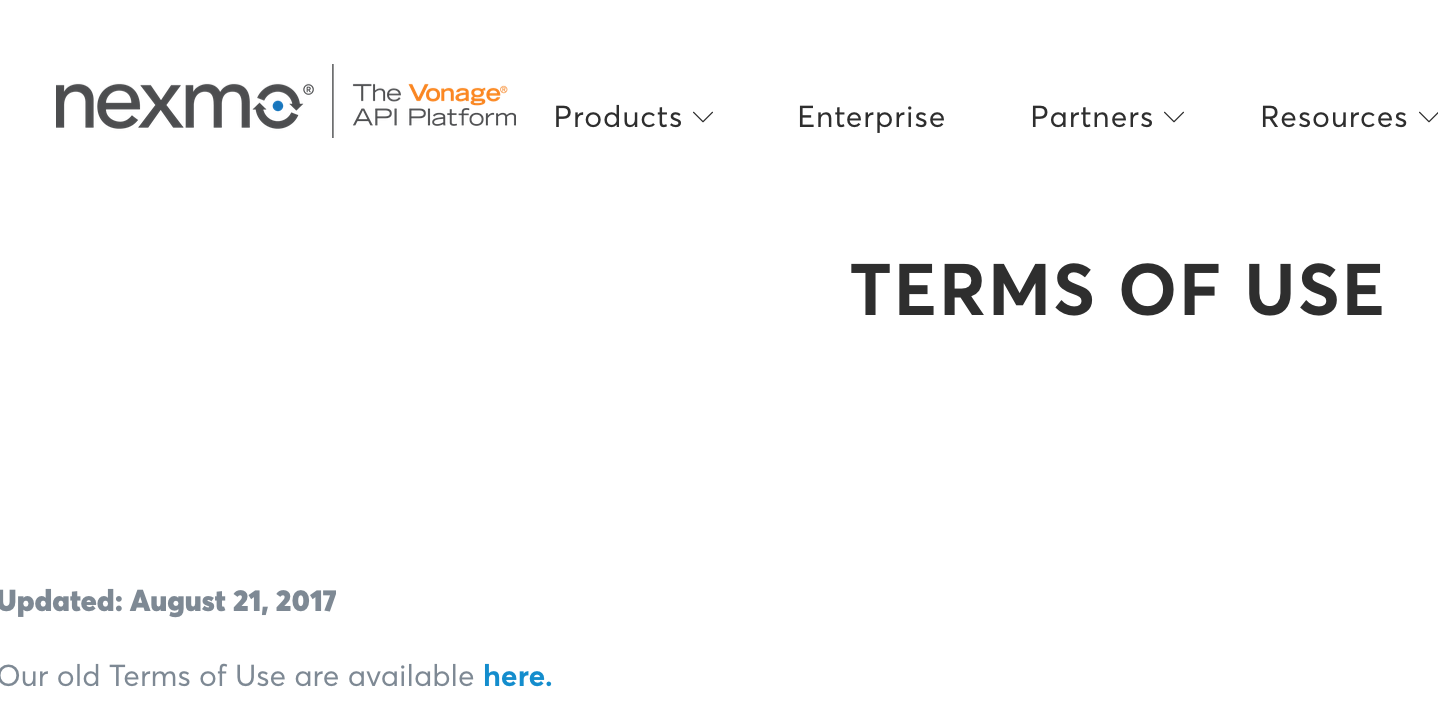
The examples in this post are taken from some of the previous DevPortal Awards nominees and winners.
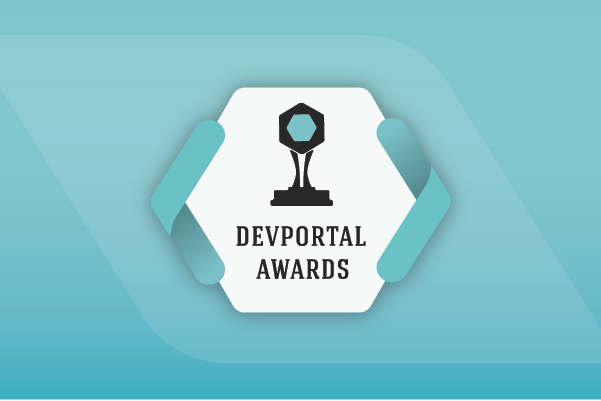
The Best Developer Portals Learn more about the award categories for the Developer Portal Awards and how you can submit a nomination.


